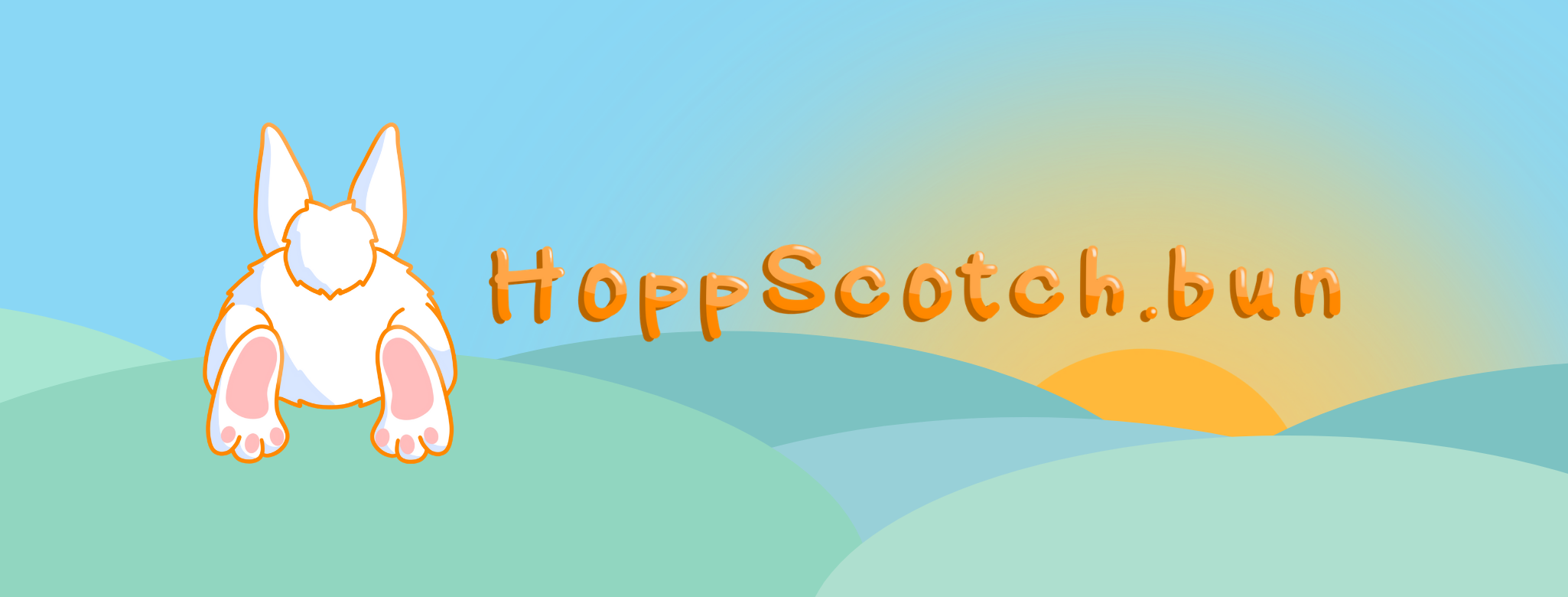Behavioral complaints in pet rabbits are common. Like humans, rabbits have different behavior depending on their age and how they were raised when they were young.
Before some owners return them to shelters, they must clearly understand why these bunnies have behavioral problems.
It can be hard taking care of rabbits if you, as an owner, do not understand their needs, the changes in their behavior, and the solution to your complaints regarding taking care of your rabbit.
What could possibly be the causes of these behavioral problems with our pet rabbits? You should learn all of these problems that most owners go through before you get one for yourself.
Rabbits can be fantastic pets only if you fully understand everything about them.
Let's dive into it!
1. Territorial
Rabbits are territorial! You may have seen rabbits in one place, not wanting anyone to step on their territory, or else they could be some kind of ninja guarding the place. Why do they do that?
Rabbits sometimes mark their territory by urinating on it. It is not messy as it is their way to show potential rivals that it's their place and strangers must respect it.
When it's time to clean the cage, bunny pen, or litter box, they even attack their owners by lunging at them. There's the need to be careful about caring for rabbits, like cleaning their cage.
Aggressive rabbit behavior is more common with bunnies that aren't neutered or spayed. Their first instinct could be that someone's going to destroy their territory.
Keep in mind that their place is where they hide when they are stressed or scared, so it's normal for them to guard against other pets or humans. Neutered or spayed rabbits are calmer and easier to bond with as they're less aggressive.
2. Chewing Clothes, Plants, and Toys
Rabbits chew clothes when they're bored! Could you believe that? Yes, you read that right. Bunnies chew clothes when they're bored and they want to do something while they're out of their cage. Aside from chewing clothes, they also love chewing on things like toys, couch, cords, or even their bed. (Make sure to keep the cords in a secured place).
They even chew plant leaves, so if you have indoor plants, do not be surprised when you see some parts chewed. Remember that you have a cute and furry creature in your house called a bunny.
It's crucial that you, as a rabbit owner, know that they are not immune to all common house plants as well.
Remember that they are rabbits and naturally chew things, not just when eating their food. Like the babies who chew toys because they're starting to grow their teeth, rabbits are closely like that.
Rabbits' teeth keep growing by 3-5 inches yearly while they live. Gnawing and biting are beneficial for their dental growth.
3. Taking Things Anywhere
Rabbits are playful too!
When they see things on the floor, there's a bigger chance that your bunnies will take them. They could be mischievous sometimes, but we love them.
They just love to steal things away from your hands. They run around the house, will play with what they stole for a couple of minutes, and then leave it anywhere.
Don't be surprised when you find things slightly chewed. We've discussed that already in number 2.
Even if you purchase a toy for your rabbits, they would still take things that they can reach. But isn't it so satisfying to see your rabbits happy, hopping, and running around the house like crazy? It's way better to look at them as active and playing than sick and fragile.
4. Finding a Way to Dig
Why is that even a complaint, you may ask?
It's normal for rabbits to dig; it's one of their play activities when they're out of the house. It's funny because some owners have plant/flower boxes or gardens around their homes and get themselves a bunny.
Some owners have complaints about their rabbits regarding this digging activity.
Rabbits don't care what they're digging in, even if it's your beloved plant box. Some rabbit owners put plant guards, which is hilarious because their rabbits might patiently wait outside the plant guard.
If your rabbit is fond of digging a couple of times in a day, you should buy a rabbit box and put some soil in it, but who knows what your pet rabbit loves more? The rabbit box you purchased or your plant box?
You'll find out!
Final Thoughts on Behavioral Complaints in Pet Rabbits
Rabbits are fantastic pets! There may be complaints about them, but they're still amazing. That's why it's essential to research rabbit care before you get one for yourself. You should have an idea of what you're signing up for.
All of the mentioned behavioral complaints in pet rabbits should be understood properly. You are the owner, so it's your responsibility to take care of these fantastic rabbits. This blog gave you an idea about what to expect from getting a bunny.
We got this fantastic product called BUMBOX that can help you litter train your cute rabbits at home!
Let's get these rabbits well-taken care of.
Disclaimer: We are not professional veterinarians or medical doctors. We created this blog based on our experiences with pet rabbits. We volunteered hours in the rabbit shelter, did extensive pet product research, and asked experienced peers. The purpose of this blog is to provide information about properly taking care of rabbits. Please know that it is still best to visit the vet regularly. For medical emergencies, contact a rabbit-savvy vet. Always observe your rabbits around new products or environmental changes.























